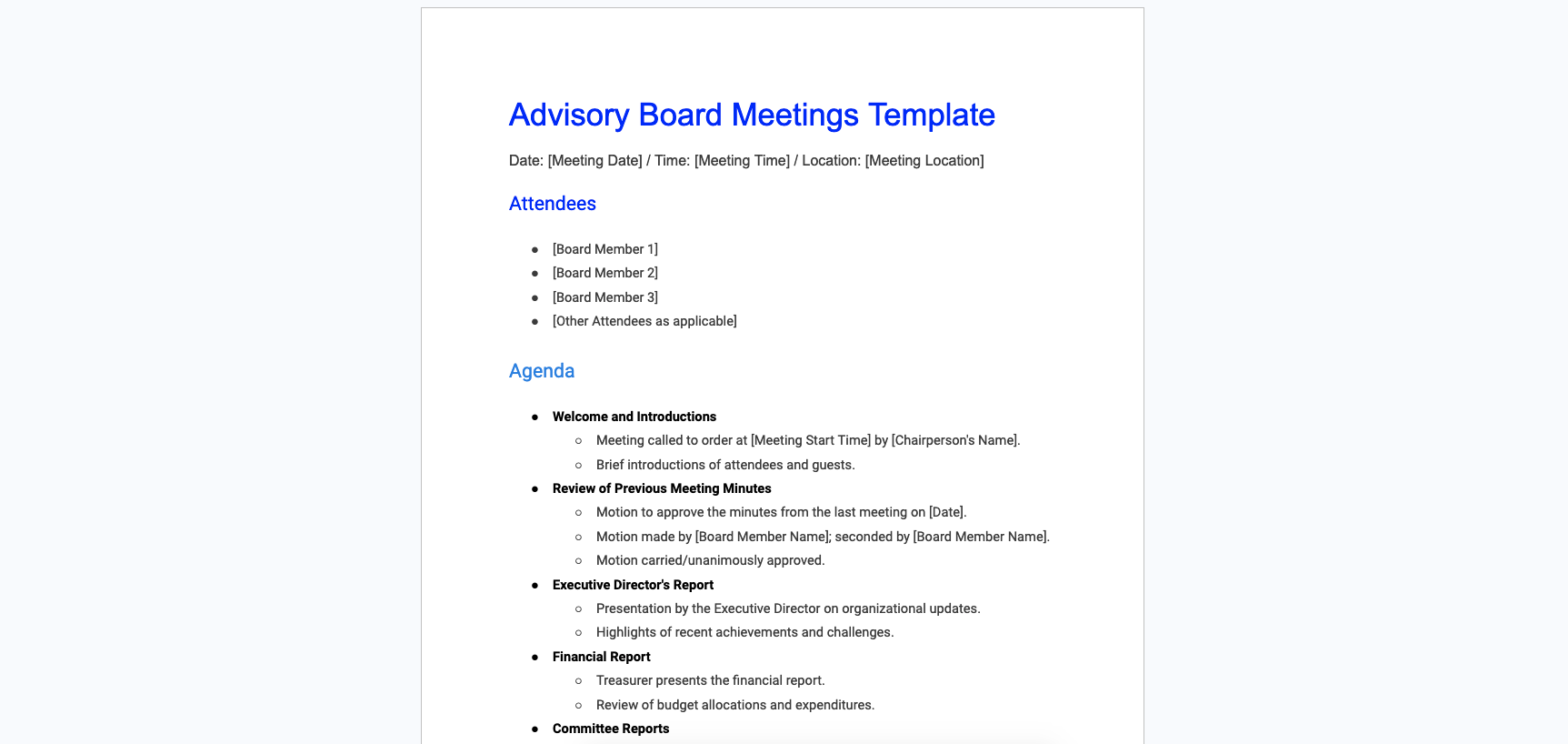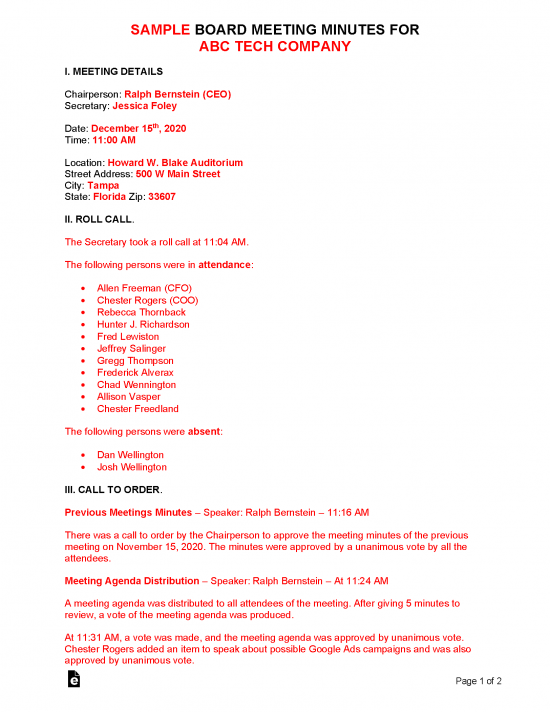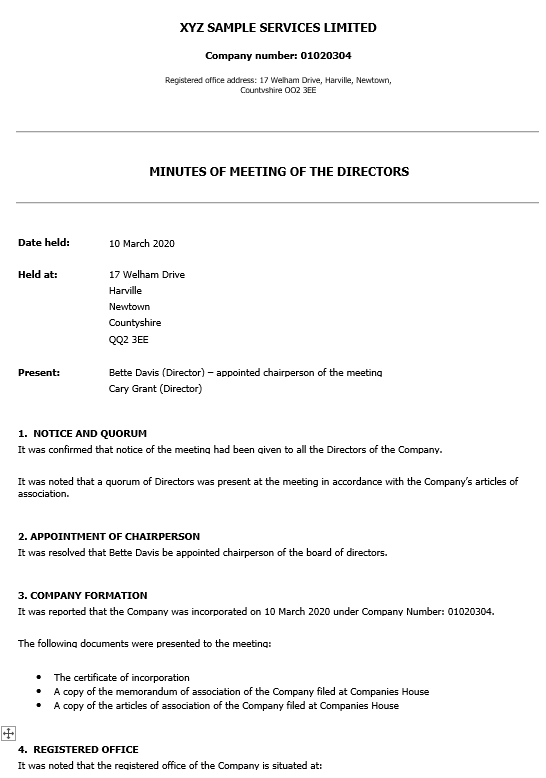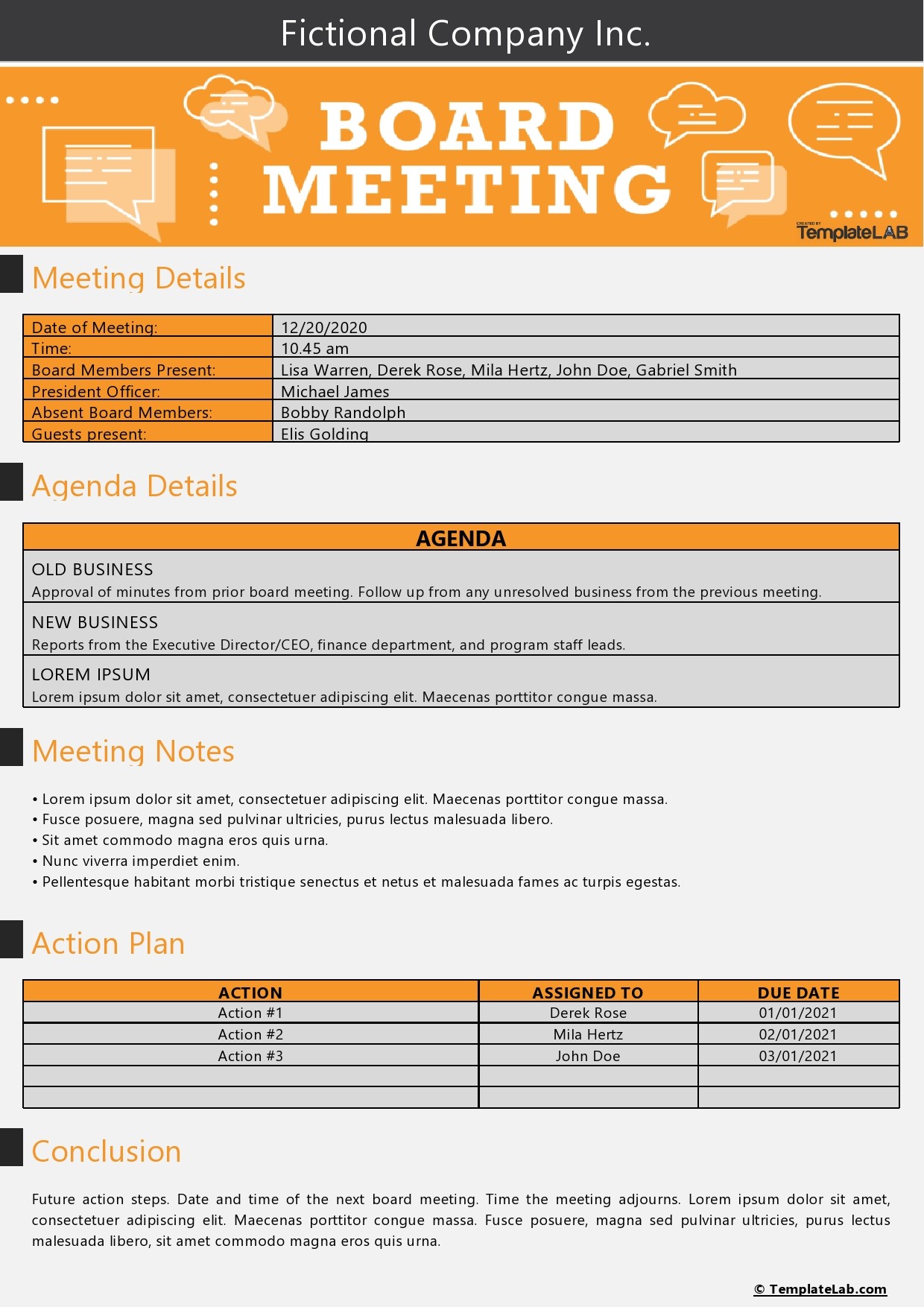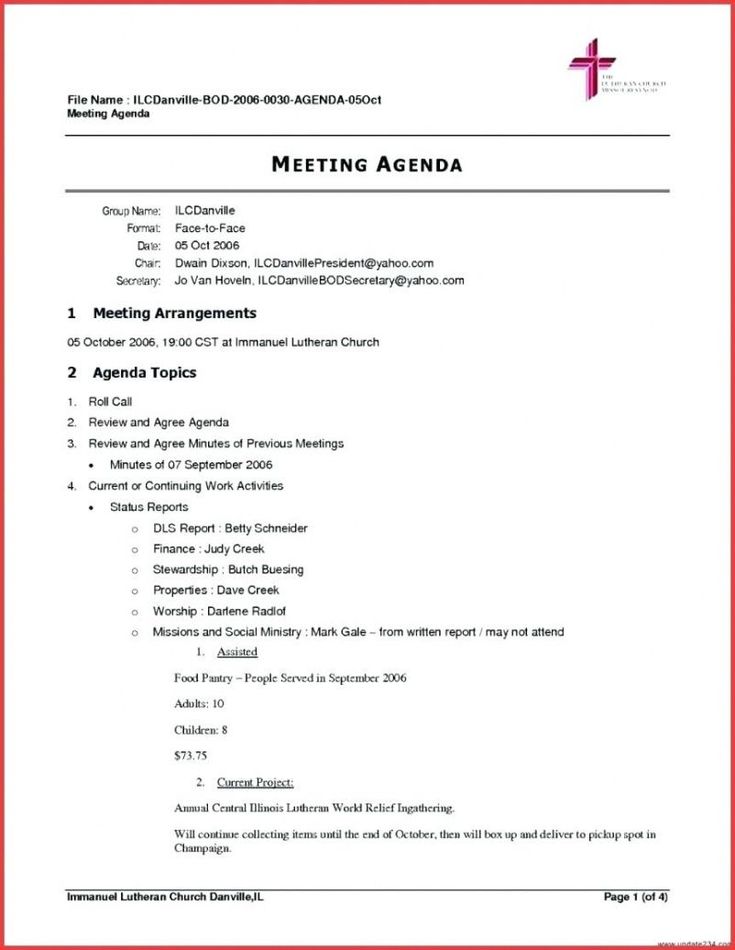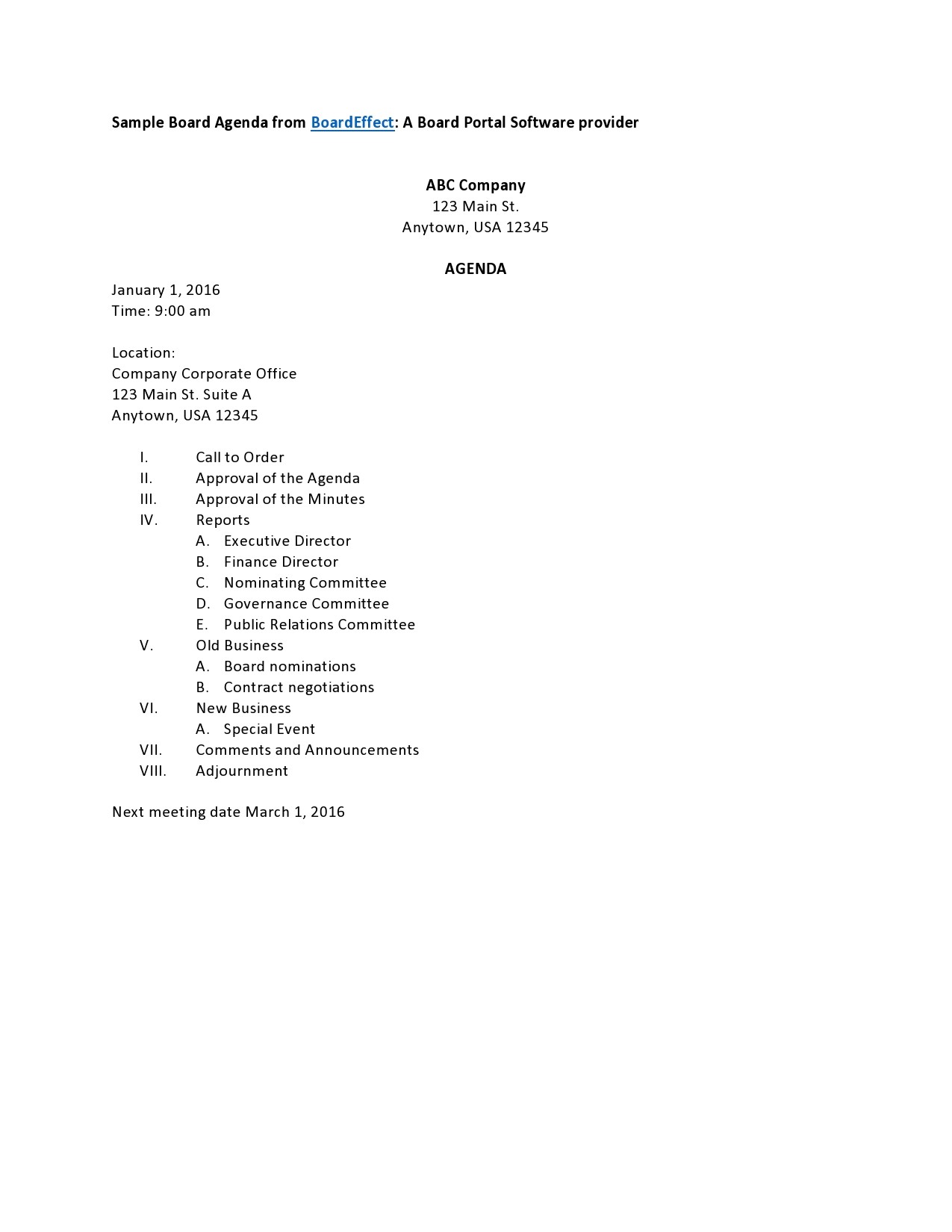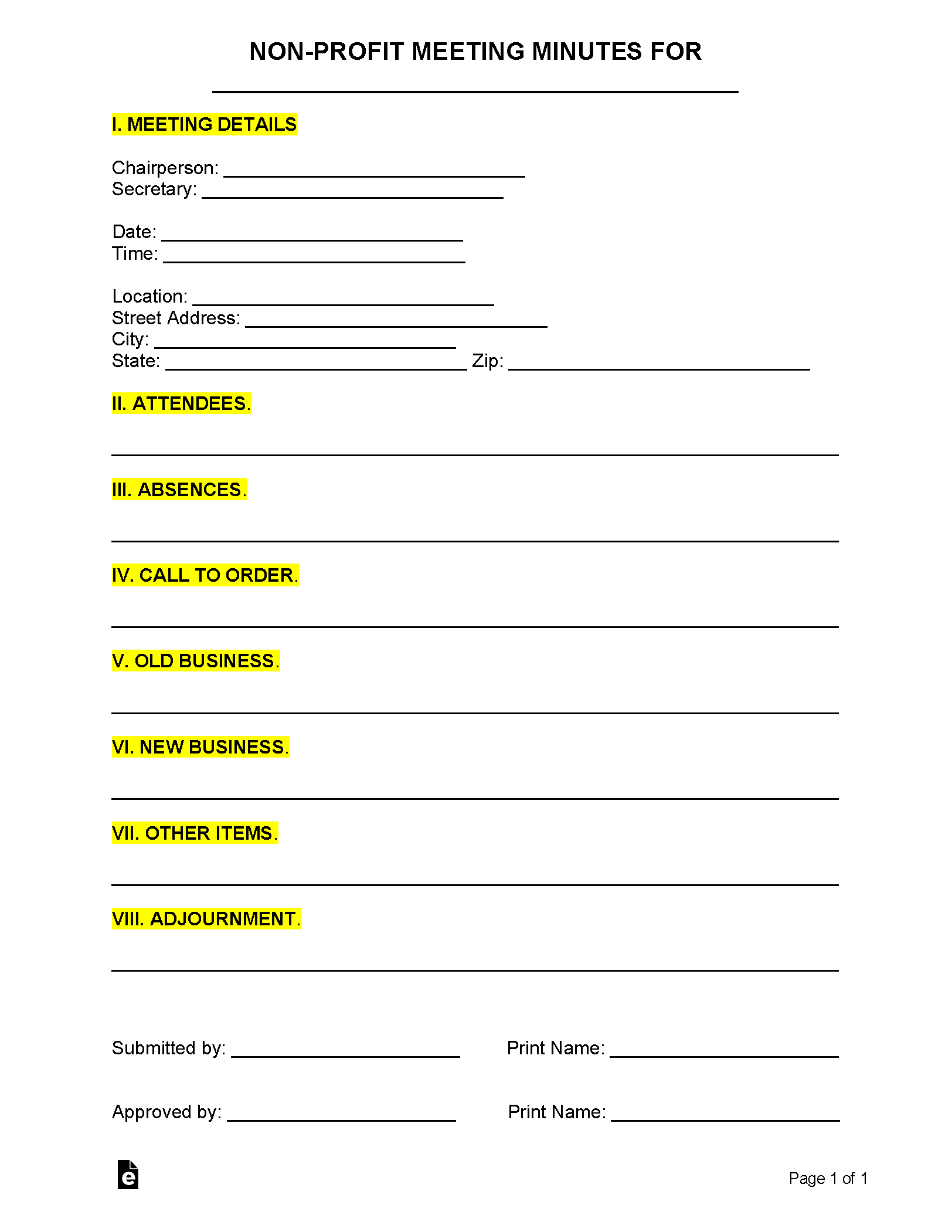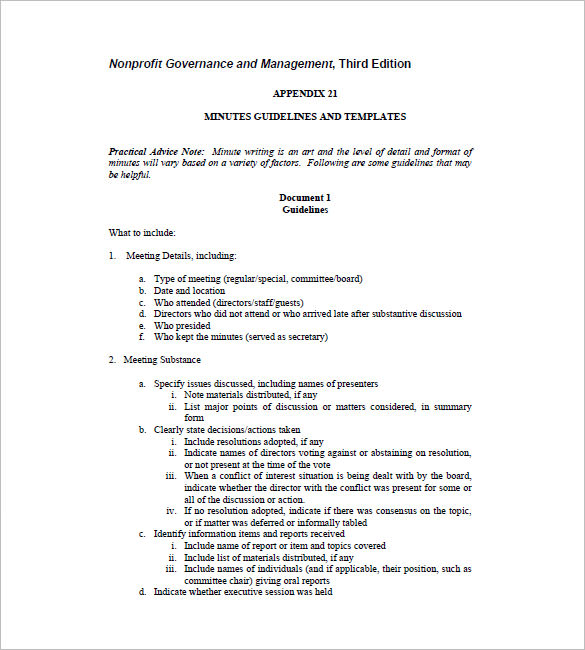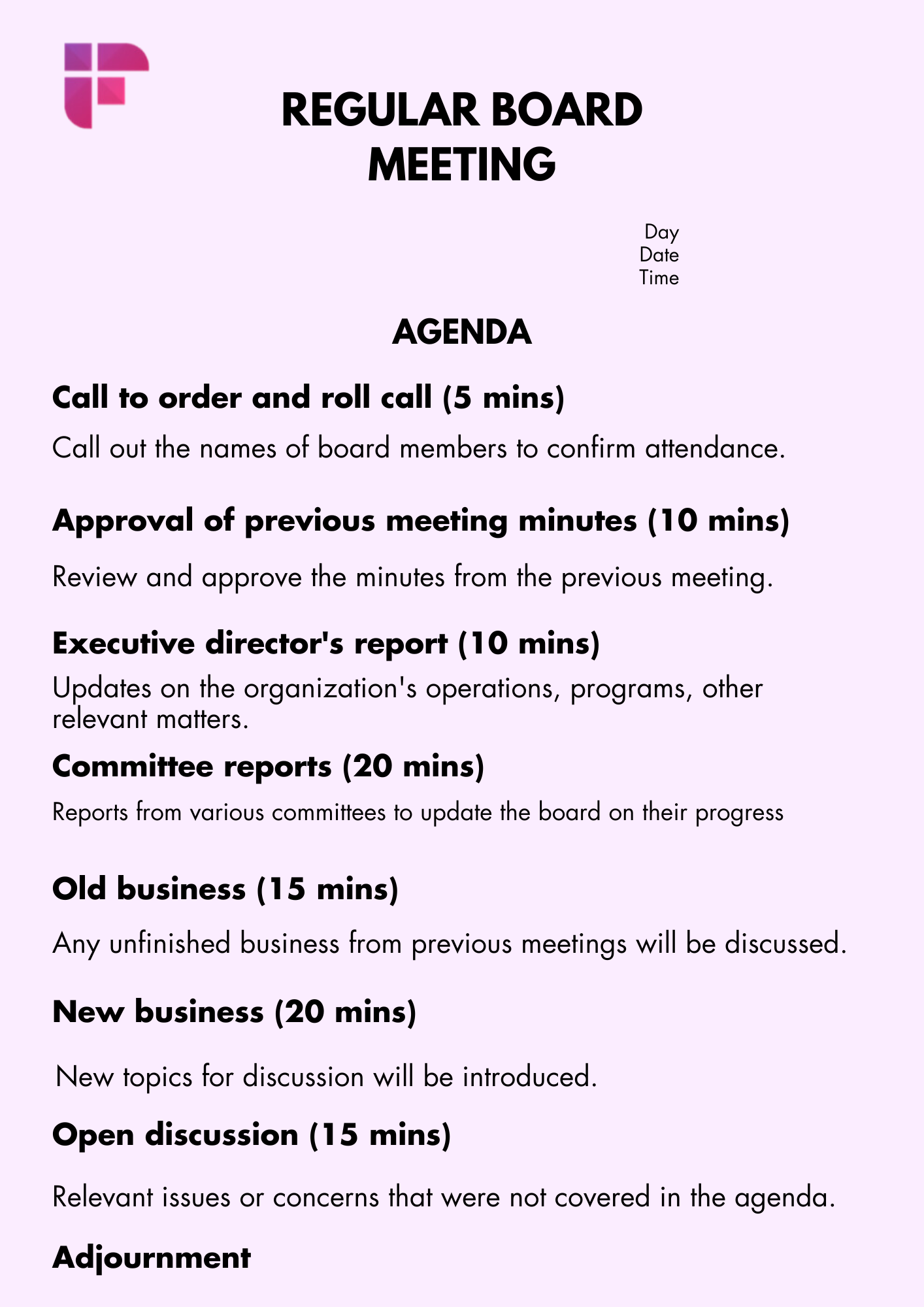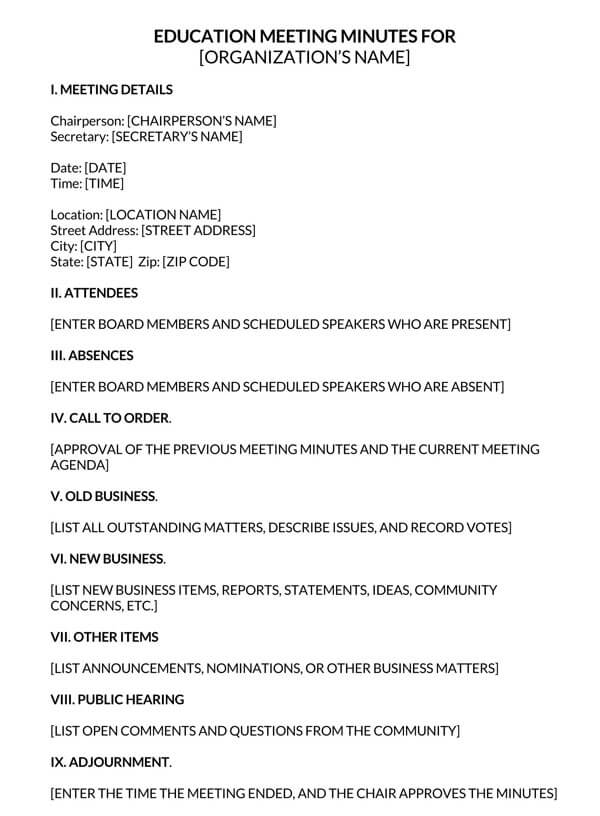Are you a member of a board of directors or a secretary responsible for taking meeting minutes? If so, you understand the importance of accurate and organized documentation. Board meeting minutes are essential for keeping track of decisions, actions, and discussions during meetings.
In this comprehensive guide, we will explore board meeting minutes, why they are important, how to create them, examples of well-formatted minutes, and tips for successful minute-taking.
What are Board Meeting Minutes?
Board meeting minutes are a written record of the proceedings and outcomes of a board meeting. They include key information such as the date and time of the meeting, attendees, agenda items, discussions, decisions made, action items, and any other relevant details. These minutes serve as an official document that documents the proceedings and outcomes of the meeting.
Creating accurate and detailed meeting minutes is crucial for maintaining transparency, accountability, and compliance with legal requirements. Well-organized meeting minutes can also serve as a valuable reference for board members, stakeholders, and future decision-making processes.
Why are Board Meeting Minutes Important?
Board meeting minutes play a vital role in ensuring that key decisions and actions are documented and communicated effectively. Here are some reasons why board meeting minutes are important:
– Legal Compliance: Meeting minutes serve as a legal record of the board’s activities and decisions.
– Transparency: Minutes provide transparency by documenting discussions and decisions made during the meeting.
– Accountability: By recording actions and responsibilities assigned, meeting minutes hold individuals accountable for their commitments.
– Reference: Minutes serve as a reference point for future meetings, allowing board members to track progress and follow up on action items.
How to Create Board Meeting Minutes
Creating board meeting minutes involves several key steps to ensure accuracy and completeness. Here is a step-by-step guide on how to create effective meeting minutes:
1. Prepare in Advance: Review the agenda and any relevant documents before the meeting to understand the topics to be discussed.
2. Record Essential Information: Note the date, time, location, and attendees at the beginning of the meeting minutes.
3. Document Discussions: Record key points, decisions, and discussions that occur during the meeting.
4. Assign Action Items: Clearly outline action items, responsibilities, and deadlines agreed upon during the meeting.
5. Review and Distribute: Proofread the meeting minutes for accuracy and distribute them to all attendees promptly.
Examples of Well-Formatted Meeting Minutes
Well-formatted meeting minutes are essential for clarity and readability. Here are some examples of well-formatted meeting minutes:
– Heading: Include the name of the organization, date, time, and location of the meeting.
– Attendees: List the names of all attendees present at the meeting.
– Agenda Items: Outline each agenda item discussed during the meeting.
– Discussions: Summarize key points and discussions on each agenda item.
– Decisions: Document decisions made by the board.
– Action Items: List action items, responsibilities, and deadlines assigned during the meeting.
Tips for Successful Minute-Taking
Taking effective meeting minutes requires attention to detail and good organizational skills. Here are some tips for successful minute-taking:
1. Stay Focused: Pay close attention to discussions and decisions made during the meeting.
2. Use Clear Language: Write clearly and concisely to ensure the minutes are easy to understand.
3. Be Objective: Record facts and decisions accurately without adding personal opinions.
4. Follow a Template: Use a standardized template for meeting minutes to ensure consistency.
5. Review and Revise: Proofread the meeting minutes before distributing them to ensure accuracy.
6. Seek Feedback: Ask for feedback from other board members to improve your minute-taking skills.
7. Stay Organized: Keep meeting minutes in a secure and accessible location for future reference.
By following these tips and guidelines, you can create accurate and well-organized board meeting minutes that serve as a valuable resource for your organization. Remember, the quality of meeting minutes reflects the professionalism and efficiency of the board, so strive for excellence in your minute-taking practices.
Board Meeting Minutes Template – Download
